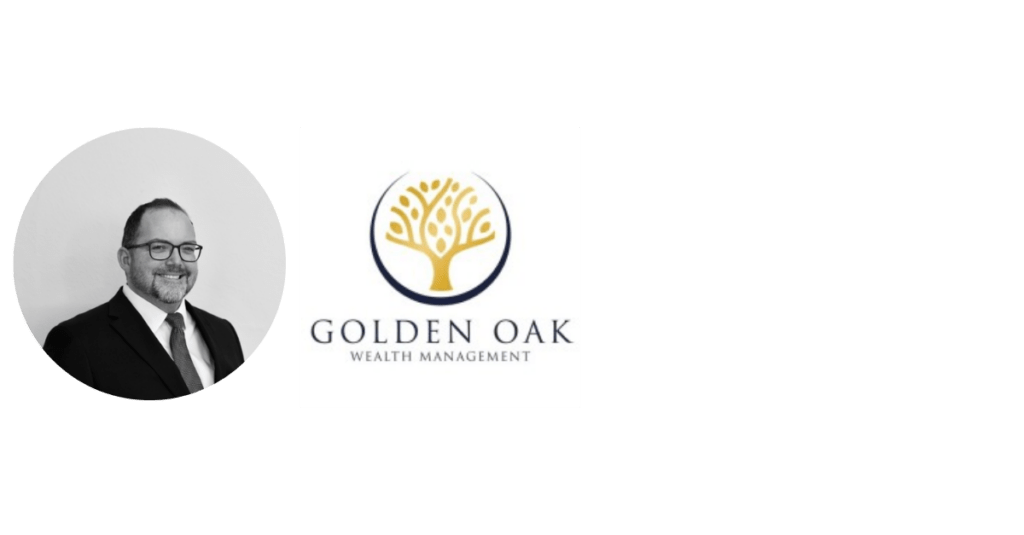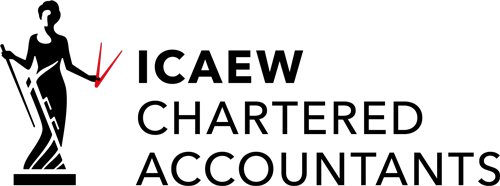Welcome to our Year-End Tax Guide! As we approach the end of another tax year, it’s essential to stay informed about the tax planning strategies that could benefit you. This guide is designed to provide you with clear and practical advice on maximising your tax efficiency and minimising your tax liabilities. Plus, we’re thrilled to include 13 essential financial planning tips from expert financial advisor Dan Payne. Download the guide and read on to ensure you’re well-prepared and make the most out of your finances.
A critical part of good financial planning is to recognise the tax allowances that are available and applicable to you, whether when you are adding to, or withdrawing from your portfolio. As we are just a few weeks away from the end of the current tax year on 5th April 2024, I would like to highlight 13 points that should be considered:
- Pension Annual Allowance. The annual allowance for most individuals to a personal pension is £60,000 in 2023/24. It is important to plan what your retirement requirements will be and to aim to make the most of this allowance as it could make a significant difference. This can be done on an individual (personal) basis subject to your ‘relevant UK earnings’, or as an employer contribution. Whilst you receive Income Tax relief on personal contributions, company contributions are a Corporation Tax deductible administrative expense, so are a key form of remuneration alongside salary and dividends.
- Unused Pension Allowances from Previous Years. Once you have utilised your current tax year allowance, you can then utilise unused allowances from the previous 3 tax years, starting with the oldest. The allowance from 2020/21 will be lost after 5th April 2024, so if you and/or your company have the means and available allowance to utilise it, this should be considered.
- Pension Annual Allowance Tapering. If you earn over £260,000, your pension annual allowance may be tapered. Every £2 of ‘adjusted income’ received over and above £260,000 results in a £1 reduction in your annual pension allowance until it drops to £10,000. If you have unused allowances from the previous 3 years, these can potentially be carried forward to reduce the impact of tapering.
- Pension Higher/Additional Rate Tax Relief. If you are a higher or additional rate taxpayer, any personal net contributions you make to a pension will be eligible for additional tax relief above the basic rate tax relief at source received. If you are already in this category, you may wish to make additional contributions to obtain more tax relief. You should also ensure that you are claiming back any additional tax relief from pension contributions as applicable to you.
- Pension Lifetime Allowance (LTA) Changes. One of the more significant changes coming in the next 2024/25 tax year is the abolition of the LTA. Whilst many people thought that this was an end to complexity and additional tax charges for people with larger pensions, there is a new system that is being introduced to replace the LTA, namely the ‘Lump Sum Allowance (LSA)’ and ‘Lump Sum Death Benefit Allowance (LSDBA)’. If you have pension arrangements that are valued near to £1million or above, it is vitally important that you take financial advice to understand the implications of the new rules on your pension planning.
- Regain Personal Allowance. Anyone earning in excess of £100,000 per annum is subject to a tapering of their personal allowance, reducing by £1 for every £2 that their adjusted net income rises above £100,000. It is worthwhile considering making additional pension contributions to bring your taxable income below the £100,000 threshold, therefore allowing you to regain your full annual tax-free personal allowance. This results in an effective rate of income tax relief of 60% so is well worthwhile considering if you are in this category.
- Recover Child Benefit. Child benefit is clawed back where annual taxable income exceeds £50,000. If both partners can keep their annual income below £50,000, Child Benefit will not be clawed back through the High Income Child Benefit Charge at a rate of 1% of the benefit for every £100 of income over £50,000. Making personal pension contributions or utilising salary exchange can reduce your taxable income to keep it below the threshold. Please note that as announced in the Budget on 6th March 2024, the thresholds for Child Benefit will increase to between £60,000 and £80,000 from 6th April 2024.
- Boost your State Pension. You can usually pay voluntary National Insurance contributions to fill in gaps in your records within the past 6 years. The maximum State Pension is awarded when you have 35 years of contributions.
- Company Year End Considerations. If you own a business that has surplus profit available, you should consider making pension contributions as stated above, which should be eligible as Corporation Tax deductible administrative expenses, subject to your allowances and Accountant’s approval. We also recommend ‘Relevant Life Cover’ to many of our clients who own businesses, which is a one-person employee benefit of life cover, paid for by the company, not a P11D benefit in kind, and Corporation Tax deductible as an administrative expense. If you are a Director in a business and need life cover personally, this is well worthwhile looking into, as opposed to paying for it yourself from your taxed income. There are various other considerations for certain types of business owners that are worthwhile exploring with a financial adviser.
- ISA Allowances. ISAs offer valuable protection from Income Tax and Capital Gains Tax (CGT). You can pay up to £20,000 per person, per tax year, and it is a ‘use it or lose it’ allowance. This can be utilised in a Cash ISA and/or a Stocks & Shares ISA up to the overall limit. If you are holding a large amount of cash savings, now that we are earning better rates of interest in recent times, many people will have to pay tax on interest earnings. One way of mitigating the effect of this is to move money into ISAs (as well as pensions). There is also the Junior ISA allowance of £9,000 per person for those under age 18, and the Lifetime ISA allowance of £4,000 per person for those between 18-40 (noting that if you set one up before you are 40, you can continue to contribute until you are 50). You should seek financial advice if you are unsure of your options for this.
- Capital Gains Tax (CGT) Changes. The annual allowance for CGT is reducing from £6,000 per person in the 2023/24 tax year to £3,000 per person from 2024/25 onwards. If you have any investments outside of pensions and ISAs, it is vitally important to assess the impact of this on you. It may be that considering making sales before 5th April 2024 are necessary, particularly if you intend to sell investments to finance your ISA (known as ‘Bed & ISA’) and/or pension (known as ‘Bed & SIPP’). Financial advice should be sought to discuss the impacts of this for you.
- Dividend Tax Changes. The annual allowance for dividends is reducing from £1,000 per person in the 2023/24 tax year to £500 per person from 2024/25 onwards. If you are a business owner and subject to this tax due to company dividends being paid to you, you should consider whether pension contributions are worthwhile doing from the business as covered earlier. If you receive dividends through investments, you should consider whether money should be moved to ISAs or pensions, or to your spouse, or used to provide income for you, etc. There are lots of considerations in this case, so you should seek financial advice.
- Gifting Allowances. Reducing the value of the part of your estate that is above the nil rate band (£325,000) will reduce the Inheritance Tax (IHT) payable when you die. Most lifetime gifts do not immediately trigger IHT and become totally exempt if you survive for 7 years (dependent on the amount and how the gift is made). You can give away up to £3,000 worth of gifts a year plus £250 to as many individuals as you like in a year, as well as £5,000 to your children when they are married (£2,500 for grandchildren or £1,000 to any other person).
Please bear in mind that this list is not exhaustive, and we would recommend that you seek financial advice to help you to achieve your objectives over time and to utilise as many of the allowances available to you as possible.
Meet Daniel Payne, Chartered Financial Planner at Golden Oak Wealth Management. Dan works closely with Cottons to offer expert regulated financial advice, bringing valuable insights for our clients. While we’re great at chartered accountancy and business advice, it’s important to know that financial planning has its own set of rules overseen by the FCA in the UK. As your accountants, we’re here to help navigate you to experts like Daniel for thorough financial planning. Understanding this difference is key, and we’re all about making things clear rather than putting up barriers.
This article is a joint effort to keep you well-informed. If you need any assistance, feel free to reach out to us or directly to Daniel.
This article is for information purposes only and it should not be considered as investment advice or a personalised recommendation. Golden Oak Wealth Management are not accountants or tax specialists, so please seek independent help if you are unsure of any aspects of your tax situation. The data contained within this document has been sourced by Golden Oak Wealth Management and may be subject to change. Investing involves risk, so you should make informed decisions based on your risk tolerance and investment objectives. Past performance is not indicative of future returns.



